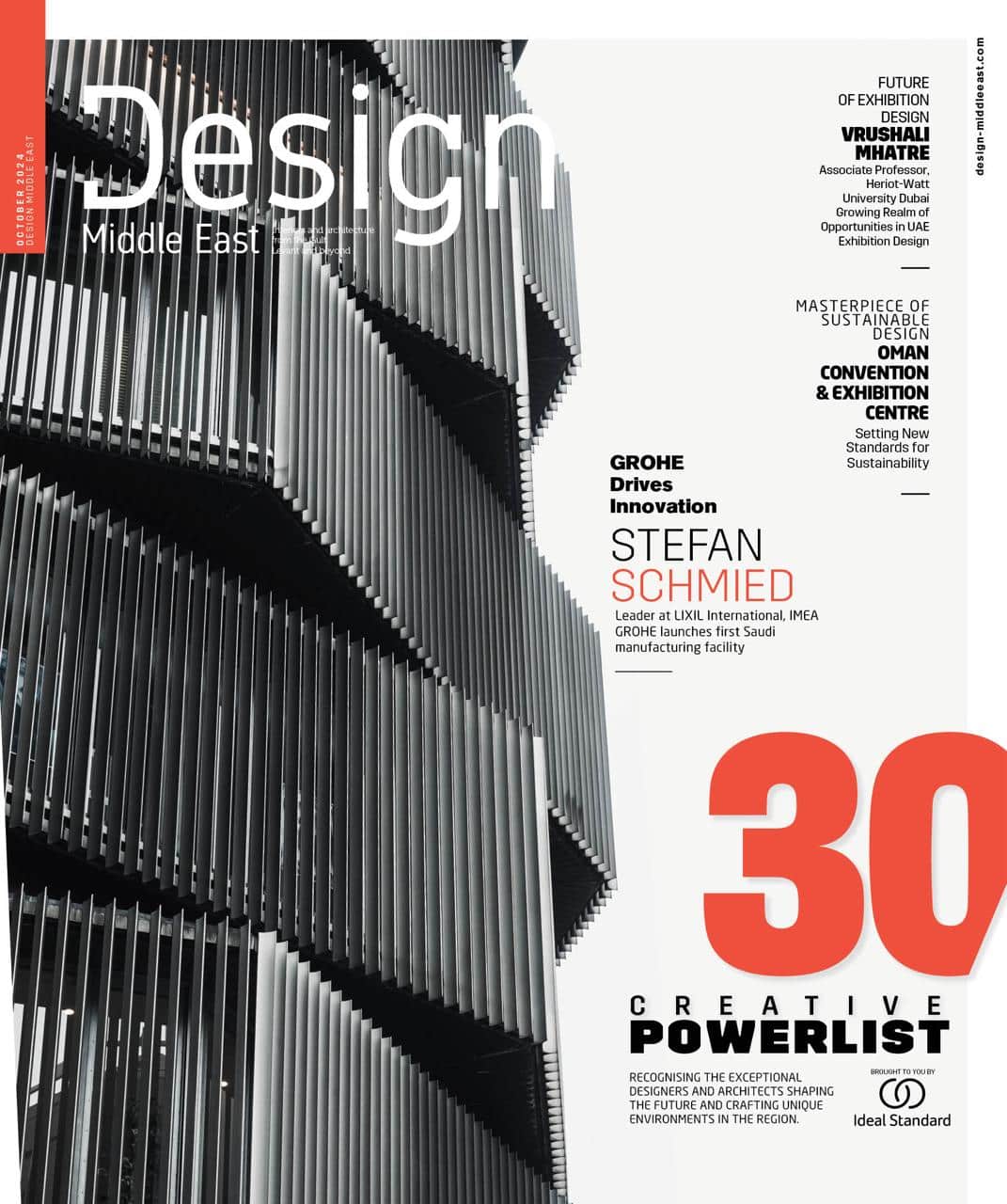Cultural Sensitivity in Design
 Nourhan Wahdan, co-founder and creative director of pew. design bureau, explains the necessity of creating long-lasting influence in the middle of trends.
Nourhan Wahdan, co-founder and creative director of pew. design bureau, explains the necessity of creating long-lasting influence in the middle of trends.
Aesthetics have a lot of power in the ever-changing world of design. However, aesthetic trends come and go quickly, leaving behind designs that quickly become obsolete. This paradox arises from the transitory nature of trends, which may captivate momentarily but often lack enduring influence. This highlights an important point: when design is exclusively focused on looks, it might lack depth, eventually failing to leave a significant, long-lasting impression on people. This gives rise to an aesthetic paradox because while these designs may be initially visually appealing, they frequently lack a deeper or enduring significance for those who engage with them.
The diversity of our interconnected world necessitates a shift in design philosophy. Each visual element carries cultural baggage, from the colours we choose to the symbols we employ. Ignoring these nuances can result in designs that misinterpret or overlook the emotions, values, and beliefs of various audiences. In today’s global society, the need for cultural understanding is not a mere luxury—it’s a requirement for effective communication. Designers must recognise that resonating deeply with diverse audiences goes beyond visual appeal; it requires an understanding of the cultural tapestry that shapes their perceptions.
For instance, in the Middle East, funerals are traditionally associated with the colour black, symbolising mourning and loss. However, when Ahmed Gaballah, CEO of SOKNA, approached us, he sought to challenge this convention. He didn’t want his audience to perceive funerals as depressing or synonymous with death itself. In this region, while black may dominate funeral attire, religious and cultural aspects of spirituality often incorporate lighter colors like white, light blues, and beige. Recognising this, we took a holistic approach, aligning SOKNA with the spiritual aspect of the funeral experience and their philosophy: “We take care of the body, and you take care of the mind/spirit.” This approach allows people the time and space to grieve and find closure without being overwhelmed by logistical details such as booking funerals, opening crypts, or arranging transportation for family members, thus reshaping the narrative around funeral experiences in the region.
The solution to this problem is to incorporate cultural sensitivity into the core of design approach. Designers with a strong sense of cultural significance can create graphics that transcend passing trends and instead develop genuine connections. This entails going beyond surface aesthetics and beginning on a cultural discovery adventure. In practice, this means designers should actively consider the cultural context in which their designs will be experienced. They can do this by studying the significance of colours in various cultures, understanding the emotional impact of symbols, and deciphering the layers of meaning within cultural expressions. By weaving these cultural insights into their design process, designers can create meaningful and impactful designs that resonate with diverse audiences. This approach not only adds depth to their work but also ensures that the visual language they use speaks directly to the hearts and minds of those they seek to engage.
In an era where design functions as a universal language, cultural sensitivity is not just an add-on—it’s a fundamental aspect of design literacy. It’s the tool that transforms designs from being momentary trends to timeless pieces that endure. This transformation ensures that designs don’t just catch the eye but also touch the heart, fostering lasting connections and leaving a profound impact. As renowned industrial designer Raymond Loewy put it, “Most Advanced yet Acceptable” (MAYA) is the key. To sell a new idea, you must give it some familiarity, and to sell a familiar idea, it needs to be surprising in some way. A prime example is Airbnb, initially dubbed “the eBay for homes,” or more recently, Adobe Firefly being referred to as “ChatGPT but for images.” This demonstrates that an understanding of the market and the balance between familiarity and innovation is essential for design to truly resonate with audiences.
By recognising the symbiotic relationship between cultural relevance and aesthetics, designers can transcend the limitations of trends and craft designs that speak a universal language. Cultural sensitivity provides a road to authenticity, where designs resonate deeply with varied audiences and transcend time. It’s a journey that elevates design from a merely visual experience to a profound and meaningful dialogue between designers and the world they wish to influence.







